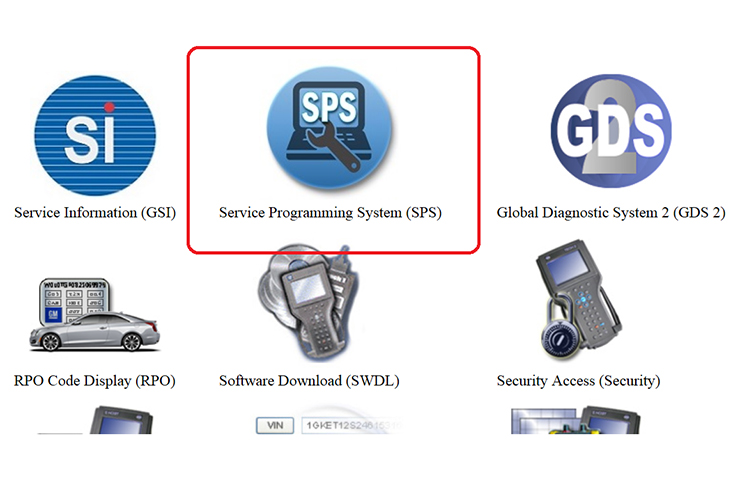What’s the difference between setting up a control module, programming and reprogramming? Each one is done at different times based on the state of the control module.
Here are some definitions that may make it easier to understand the different programming procedures.
| Procedure | Description |
| Set-Up | A procedure that configures a Control Module to vehicle-specific content, operating location, etc. This is also known as “bit flipping” or “option configuration”. It’s done one time as part of a Control Module replacement procedure. |
| Learn | A procedure that stores operating ranges, component identifiers, etc. of components or systems. It’s also known as “initializing”. This is done one time as part of a component or control module replacement or in some instances after a battery disconnect. |
| Programming | A procedure for loading the operational software or calibration files into a newly installed control module performed using the Service Programming System (SPS) application. (Fig. 11) |
| Reprogramming | A procedure to update a module with new software or calibration files. This is a labor-only procedure performed using the SPS application. |
| USB Programming | A procedure to update a module with new software or calibration files using a vehicle USB port. This is a labor-only procedure performed using the SPS application and a USB flash drive. |
| Sequential Programming | A procedure to update more than one module with new software or calibration files in a predefined order or sequence. The sequence is critical to the outcome of the event and is done automatically by the SPS application. |
 Fig. 11
Fig. 11
– Thanks to Bret Raupp


















